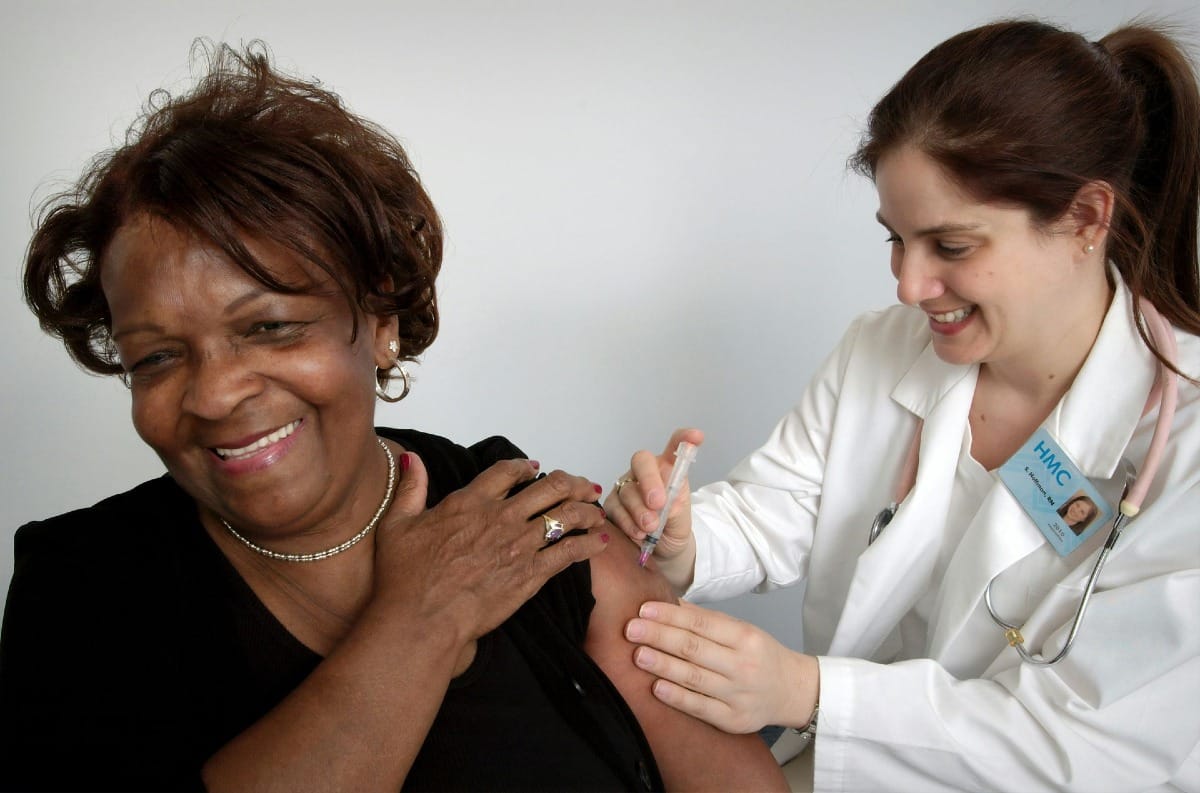In an era where human longevity is rapidly increasing, businesses and healthcare organizations face unprecedented challenges and opportunities. The field of longevity science is transforming our understanding of aging and revolutionizing approaches to health and wellness. This article explores strategies for remaining competitive in an aging world, drawing insights from Deloitte's comprehensive report on longevity science.
The Longevity Revolution
The concept of extending human lifespan has captivated humanity for centuries. Today, we stand on the brink of a longevity revolution, with scientific breakthroughs offering the potential for humans to live healthier lives well into their 140s. This paradigm shift is moving us away from disease-focused treatments towards addressing the fundamental mechanisms of aging itself.
Advancements in Life Expectancy Over the past century, we've witnessed remarkable progress in diagnosing and treating diseases, leading to significant extensions in life expectancy. However, this progress has not been uniform across all areas of health. While early gains were exponential, life span extension has plateaued in recent decades. This stagnation can be attributed to current healthcare systems not recognizing aging as a disease in itself, and thus not targeting it as a specific endpoint for intervention.
The Emergence of Longevity Science A growing community of scientists, entrepreneurs, and biotech leaders are now focusing on understanding and intervening in the aging process. This has given rise to a burgeoning longevity industry, poised to compete with traditional life sciences and healthcare organizations. The implications of this shift are profound, not just for human health, but for the entire structure of society and the economy.
Measuring Progress: Life Span and Health Span
To evaluate the success of efforts to extend life and improve health, two key metrics are used:
- Life Span (Premature Years of Life Lost - PYLL): This metric estimates the magnitude of premature deaths. For example, if someone dies of a heart attack at 69, it would be considered 10 years of premature life lost due to cardiovascular disorder.
- Health Span (Years of Life with Disability - YLD): This measures the total years a patient lives with disability or ill-health resulting from an underlying disease.
Analysis of these metrics across different therapeutic areas reveals varying levels of success over the past 15 years:
Success Stories
- Cancer and cardiovascular disease treatments have significantly improved life span.
Challenges
- Respiratory, neurological, musculoskeletal, and endocrine, nutritional, and metabolic (ENM) diseases have led to worsening life span outlooks, contributing to decreasing life expectancy in some regions, like the United States.
This disparity in outcomes across different therapeutic areas raises important questions about the potential for longevity-focused concepts to improve current healthcare approaches.
The Longevity Ecosystem: A New Paradigm
The shift towards longevity science has fostered the development of an interdisciplinary ecosystem that differs significantly from traditional healthcare models. This ecosystem comprises a growing community of life sciences, healthcare, and health tech companies focused on addressing the underlying drivers of disease and aging.
Funding and Growth Despite being in its early stages, the longevity ecosystem is attracting substantial investment. As of 2020, the top 50 longevity-focused companies had raised over $1 billion in venture funding. This figure continues to rise, driven by the belief that the longevity market could eventually surpass the existing healthcare market in size and importance.
Shift in Healthcare Spending Experts anticipate a shift in healthcare spending, moving away from "sick care" towards wellness and well-being. This transition is expected to further strengthen the longevity ecosystem, creating unique opportunities for cross-industry collaboration and innovation in aging-related therapeutics, services, and technology.
Strategies for Remaining Competitive
As the longevity industry grows and evolves, organizations must adapt to remain competitive. Here are key strategies to consider:
- Embrace the Longevity Paradigm
- Shift focus from disease-specific treatments to addressing underlying mechanisms of aging.
- Invest in research and development targeting the hallmarks of aging.
- Develop products and services that promote overall wellness and longevity.
- Foster Interdisciplinary Collaboration
- Partner with academic institutions, startups, and other industry players.
- Create cross-functional teams that combine expertise in biology, technology, and healthcare.
- Engage in knowledge-sharing initiatives to accelerate innovation.
- Leverage Advanced Technologies
- Invest in AI and machine learning for personalized health insights.
- Utilize big data analytics to identify patterns and potential interventions in aging.
- Explore the potential of gene editing and regenerative medicine.
- Develop Personalized Longevity Solutions
- Create customized health plans based on individual genetic profiles.
- Offer tailored nutritional and lifestyle interventions.
- Provide personalized monitoring and early intervention services.
- Invest in Preventive Care
- Shift focus from treatment to prevention of age-related diseases.
- Develop advanced diagnostic tools for early detection of health issues.
- Create programs that incentivize healthy lifestyle choices.
- Adapt Business Models
- Explore subscription-based models for ongoing health monitoring and interventions.
- Consider direct-to-consumer approaches for longevity products and services.
- Develop partnerships with insurance companies to cover longevity-focused interventions.
- Engage in Public Education and Advocacy
- Educate the public about the potential of longevity science.
- Advocate for policy changes to support longevity research and interventions.
- Address ethical considerations surrounding life extension technologies.
- Focus on Holistic Well-being
- Develop products and services that address physical, mental, and emotional aspects of aging.
- Incorporate social engagement and purpose-driven activities into longevity programs.
- Create age-friendly environments and technologies.
- Explore Regenerative Medicine
- Invest in stem cell research and therapies.
- Develop organ regeneration technologies.
- Explore the potential of 3D bioprinting for tissue and organ replacement.
- Address the Socioeconomic Implications
- Develop strategies to support longer working lives.
- Create financial products designed for extended lifespans.
- Address potential healthcare disparities in access to longevity interventions.
The Future of Aging and Healthcare
As we move towards a future where humans live longer, healthier lives, the implications for healthcare and society at large are profound. Traditional innovation and care models will not disappear, but their influence on healthcare deployment may diminish. While we may never prevent or detect all diseases early, shifting mindsets and accelerating innovation will improve our ability to understand and respond to human conditions and future diseases.
Companies that develop long-term longevity strategies will be best positioned to influence and benefit from this paradigm shift. Whether through mergers and acquisitions, partnerships with startups and academic institutions, or leveraging core competencies, these organizations will play a crucial role in shaping a future where humans live healthier and longer lives than ever before.
Conclusion
The longevity revolution presents both challenges and opportunities for businesses and healthcare organizations. By embracing the principles of longevity science, fostering collaboration, leveraging advanced technologies, and adapting business models, companies can remain competitive in an aging world. The key lies in shifting focus from treating diseases to promoting overall health and well-being throughout an extended lifespan.
As we stand on the brink of this new era, the potential for improving human health and extending life is enormous. Organizations that recognize this potential and act strategically will not only thrive in the evolving marketplace but also contribute to a future where living a healthy life well into one's second century becomes the norm rather than the exception.
Citations:
[1] https://www2.deloitte.com/us/en/pages/life-sciences-and-health-care/articles/longevity-science.html















Member discussion